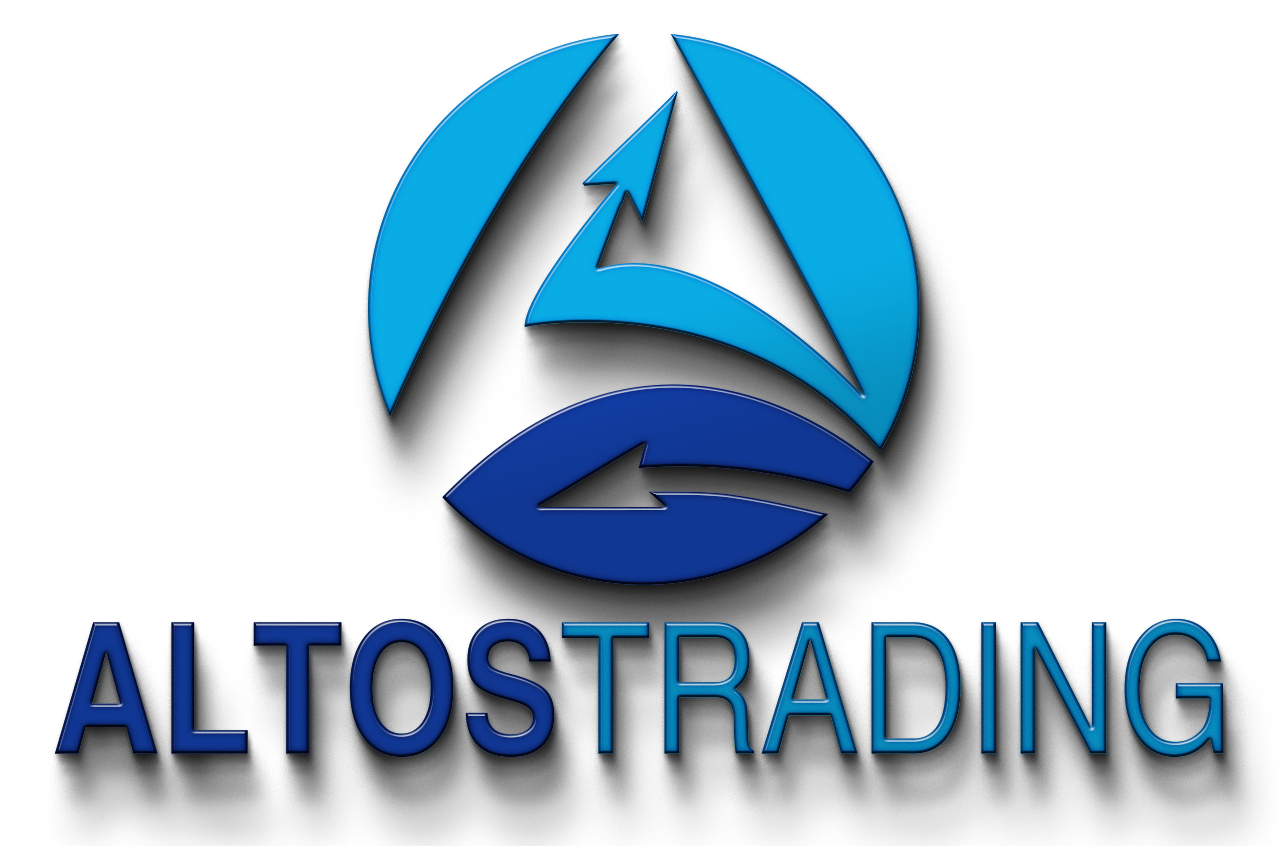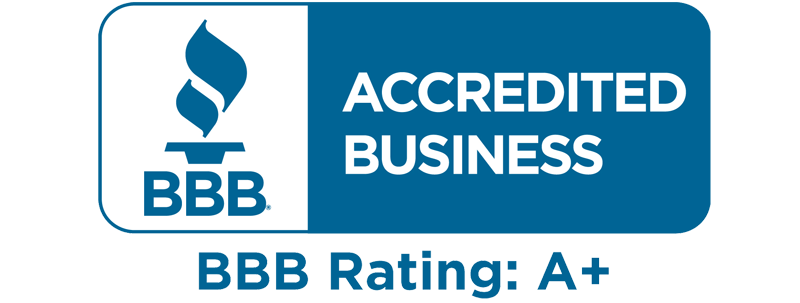CUSTOM JAVASCRIPT / HTML


Altos Trading Articles

How You Can Use Different Timeframes to Confirm a New Trend, Before Risking Any Investment Capital
Originally Posted: June 6, 2022
June 6, 2025:
Today we’re going to focus on confirming trends of momentum on longer time frames.
Here at Altos, and in my own personal trading, we do a lot of focus on the Daily Timeframe charts.
But in volatile times when the market gyrates like John Travolta in Saturday night fever – the key is to use higher time frames like the Weekly and Monthly.
So if you think a stock might be heading up or down, you can confirm the turn of momentum before risking any of your money.
In a moment, we'll talk about how the Daily, Weekly, and Monthly charts can work together, and you’ll see how it can help you start trading with more confidence.
First let’s go over our Daily charts, starting with the S&P 500…

And fortunately, the good news is we've been closing above the support (yellow circle). service.

Now, let's look at the Nasdaq (QQQ):
This 4100 level is very significant, as there was a major pivot point back in March off this level (2nd yellow circle from the right)…
So this is a really strong support, and that's why we're probably seeing a lot of rejection of that level.
And we also saw huge upward movement from this exact level in May of 2021 (yellow circle on left).




You can see a lot of consolidation back in March of 2021 that broke to the upside in April.
Obviously, shares took off with the broader markets and then sold off with the broader markets and came back down into that support area.
But then in 2022, a pending buy signal came in May 27 and triggered on May 31st.
So GOOGL still looks like it's got momentum. This is actually a good case study because we're getting some sideways consolidation.
This is where we can go to the higher timeframes to get a clearer picture of what's going on.
We also want to keep an eye on our selected time frame, in this case the Daily chart, where our resistance levels reside with a long directional bias or a buy signal in this case.
Obviously, shares took off with the broader markets and then sold off with the broader markets and came back down into that support area.
But then in 2022, a pending buy signal came in May 27 and triggered on May 31st.
So GOOGL still looks like it's got momentum. This is actually a good case study because we're getting some sideways consolidation.
This is where we can go to the higher timeframes to get a clearer picture of what's going on.
We also want to keep an eye on our selected time frame, in this case the Daily chart, where our resistance levels reside with a long directional bias or a buy signal in this case.
If we look at overhead resistance, the strongest for GOOGL is up around 2500 (top line).
You can see there was support at this level in the middle of 2021 and early in 2022 (bottom line). That was a strong support level but now serves as resistance.
And of course, as I mentioned over the last few trading days, there has been a nice move off the prior support level and accurate buy signal. But things are starting to stall out.
We're getting a little bit of sideways movement here and the strong upside momentum is kind of slowing down.
So we may want to see a clearer picture if we intend to buy shares, or maybe it could reverse and we’d potentially start scaling out of the position.
This is where it can become useful to go up to a higher time frame.
So let’s go to another chart, and we’re going to talk about implied volatility.
Implied Volatility rises as the share price falls.
You can see there was support at this level in the middle of 2021 and early in 2022 (bottom line). That was a strong support level but now serves as resistance.
And of course, as I mentioned over the last few trading days, there has been a nice move off the prior support level and accurate buy signal. But things are starting to stall out.
We're getting a little bit of sideways movement here and the strong upside momentum is kind of slowing down.
So we may want to see a clearer picture if we intend to buy shares, or maybe it could reverse and we’d potentially start scaling out of the position.
This is where it can become useful to go up to a higher time frame.
So let’s go to another chart, and we’re going to talk about implied volatility.
We're going to look at a higher time frame or even two higher time frames and look what implied volatility
is doing in conjunction with the price movement. In most cases…
Implied Volatility rises as the share price falls.

On the Daily chart, we see the stock is trending down (upper chart) as the implied volatility is trending upward (the bottom chart).
And we want to answer the question, “Do I expect Google to break through resistance and continue to move higher? Or will it get rejected the resistance?”
Well, that's where we're going to look at higher timeframe charts with implied volatility. So here’s what I would want to see with Google…
• I want to see the stock break the resistance levels and move higher.
• I want to see implied volatility break this trendline and move lower on the bottom chart.
• And I want to make sure it's in line with the higher time frame charts.
So let’s change from the Daily to a Weekly chart to get a bigger picture.
And we want to answer the question, “Do I expect Google to break through resistance and continue to move higher? Or will it get rejected the resistance?”
Well, that's where we're going to look at higher timeframe charts with implied volatility. So here’s what I would want to see with Google…
• I want to see the stock break the resistance levels and move higher.
• I want to see implied volatility break this trendline and move lower on the bottom chart.
• And I want to make sure it's in line with the higher time frame charts.
So let’s change from the Daily to a Weekly chart to get a bigger picture.
You can see this 2500 level is strong as we saw on the Daily chart (top blue lines crossing).
So that 2500 level is our major resistance to encounter, and I’d be looking for that on the Weekly chart.
So that 2500 level is our major resistance to encounter, and I’d be looking for that on the Weekly chart.
Interestingly, we're actually getting a pending buy signal on the Weekly chart for Google (yellow circle)
But I’d want to see is the potential trend reversal going to grow legs and continue.
And then I’d be asking myself “Where did this move come from?”
So I want to look for support on the Weekly chart as well
But I’d want to see is the potential trend reversal going to grow legs and continue.
And then I’d be asking myself “Where did this move come from?”
So I want to look for support on the Weekly chart as well

There is strong support and resistance around the 2000 to 2100 zone (yellow lines).
if you look at the yellow circle on the left, we've got this major support zone at 2100 back in early 2021.
Look at all that consolidation right there on the Weekly chart that eventually resulted in a huge breakout.
Remember at the start of our session when I mentioned if you see a lot of price consolidation at a support level or resistance level, and then it eventually makes a directional break. In this case, it did.
That gives us more confirmation that if we can stay above this level and implied volatility comes down (bottom right arrow)…
We could see another big move up in GOOGL.
if you look at the yellow circle on the left, we've got this major support zone at 2100 back in early 2021.
Look at all that consolidation right there on the Weekly chart that eventually resulted in a huge breakout.
Remember at the start of our session when I mentioned if you see a lot of price consolidation at a support level or resistance level, and then it eventually makes a directional break. In this case, it did.
That gives us more confirmation that if we can stay above this level and implied volatility comes down (bottom right arrow)…
We could see another big move up in GOOGL.



Disclaimer:
Altos Trading, LLC and any products and services offered are intended to be used as an information service for subscribers, and include opinions as to buying, selling and holding various stocks and other securities. However, the publishers of Altos Trading’s products and services are not brokers or investment advisers, and do not provide investment advice or recommendations directed to any particular subscriber or in view of the particular circumstances of any particular person. Altos Trading, LLC, including its owner, does not accept responsibility for any decisions made by subscribers or visitors of our site. Subscribers or any other persons who buy, sell or hold securities should do so with caution and consult with a broker or investment adviser before doing so.
Trading securities and options involves risk. Prior to buying or selling an option, an investor must receive a copy of Characteristics and Risks of Standardized Options. Investors need a broker to trade securities and options, and must meet suitability requirements. Past results are not necessarily indicative of future performance. Due to the time critical nature of trading, brokerage fees, and the activity of other subscribers, there is no guarantee that subscribers will mirror the performance of the service. Past performance numbers shown are based on trades subscribers could enter based on our research. Altos Trading, LLC assumes no responsibility for any losses incurred by any individual or entity as a result of any of our products or services.
Futures and forex trading contains substantial risk and is not for every investor. An investor could potentially lose all or more than the initial investment. Risk capital is money that can be lost without jeopardizing ones’ financial security or lifestyle. Only risk capital should be used for trading and only those with sufficient risk capital should consider trading. Past performance is not necessarily indicative of future results.
Hypothetical performance results have many inherent limitations, some of which are described below. No representation is being made that any account will or is likely to achieve profits or losses similar to those shown; in fact, there are frequently sharp differences between hypothetical performance results and the actual results subsequently achieved by any particular trading program. One of the limitations of hypothetical performance results is that they are generally prepared with the benefit of hindsight. In addition, hypothetical trading does not involve financial risk, and no hypothetical trading record can completely account for the impact of financial risk of actual trading. For example, the ability to withstand losses or to adhere to a particular trading program in spite of trading losses are material points which can also adversely affect actual trading results. There are numerous other factors related to the markets.
Testimonials appearing on this website may not be representative of other customers and is not a guarantee of future performance or success.







